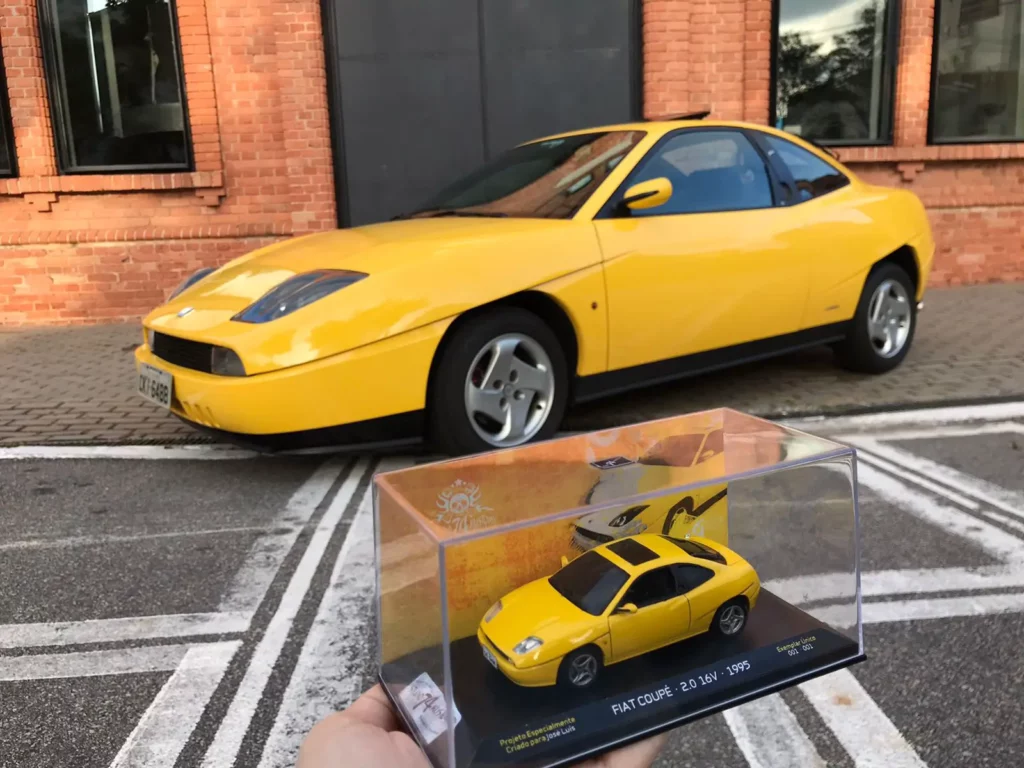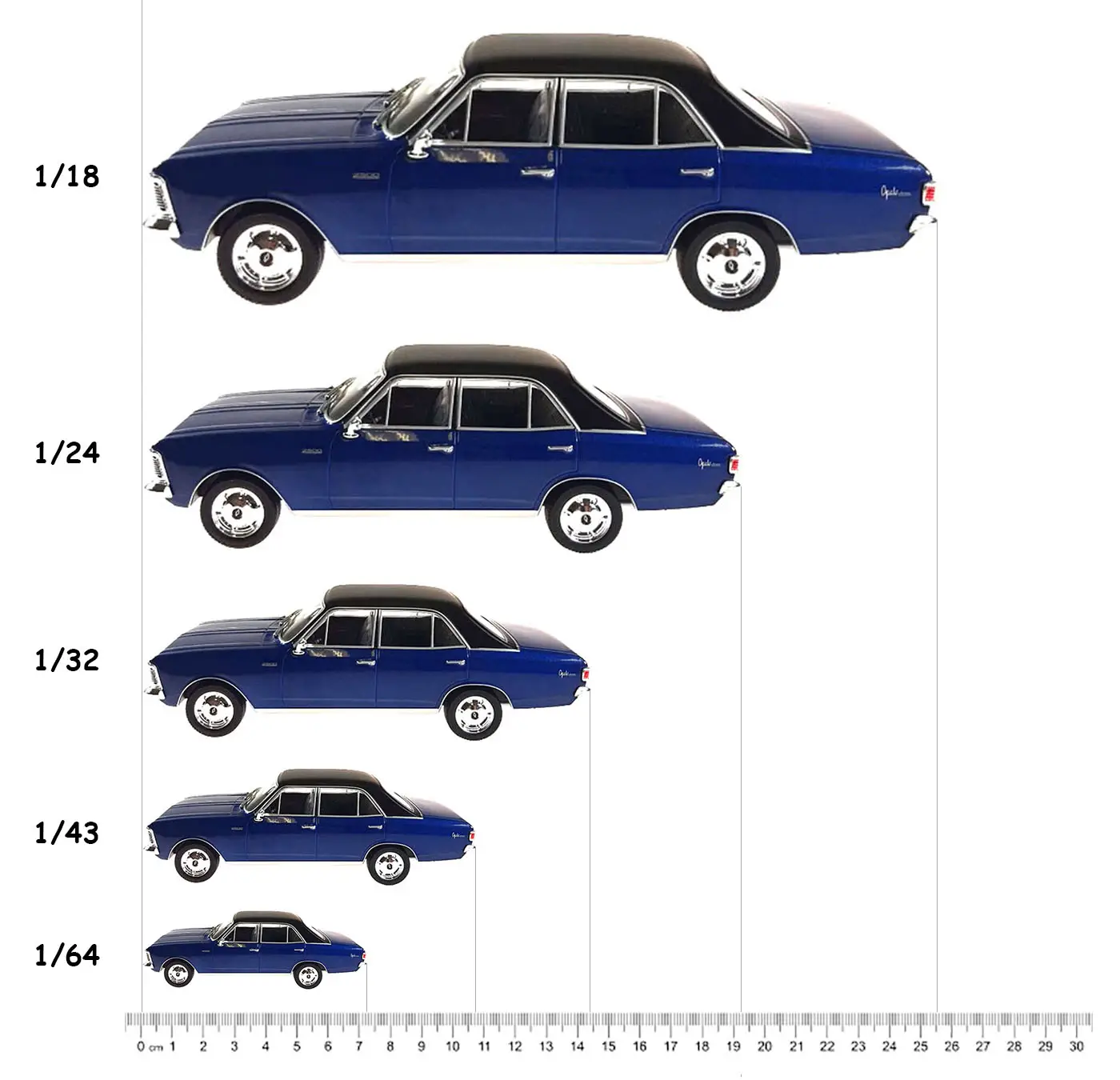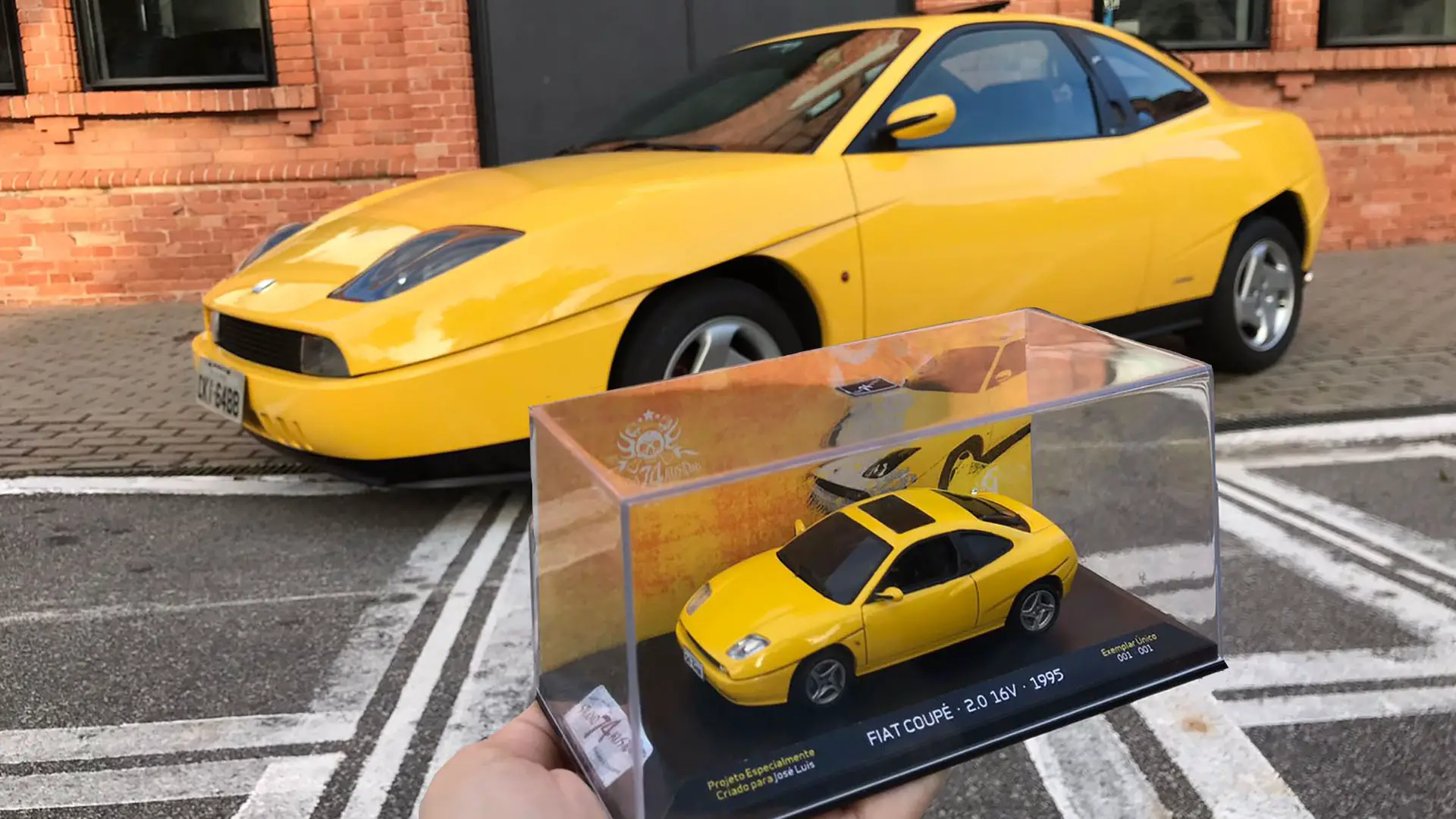
What are scales?
Vehicle miniatures can be manufactured with or without scale. However, in the world of collectibles, manufacturers define scales for manufacturing miniatures. Scales are used to enlarge, reduce or maintain the size of the representation of an object on a plan. In this way, they indicate the relation between the size of the represented object and its real size.
In the case of miniatures, the scale determines how many times the miniature is smaller than the real vehicle. For example, a 1969 Chevrolet Opala 4-door (a Brazilian model) is 4.58 m long. To determine the size of the thumbnail, first define the scale. Then, just divide the actual size of the vehicle by the chosen scale. See Opala’s example:
1/18 scale: 4.58 m / 18 = approximately 25.5 cm
1/24 scale: 4.58 m / 24 – approximately 19 cm
1/32 scale: 4.58 m / 32 = approximately 14.3 cm
1/43 scale: 4.58 m / 42 = approximately 10.6 cm
1/64 scale: 4.58 m / 64 = approximately 7.2 cm

But of course, for the miniature to be proportionally equal to the original vehicle, the scale has to be considered for all measurements of the car. The length, width, height, and dimensions of each part of the car must be considered.
Many collections do not have a defined scale. In the collection of Brazilian cars released by Jornal Extra, for example, all miniatures have approximately the same length, approximately 11cm. That’s why the Fiat 147 looks like a giant next to the Chevrolet Opala. Another example of this are the “1/64 miniatures”, well known from Matchbox and Hot Wheels. The miniatures considered 1/64, in general, have very approximate sizes, which is not the case with the real vehicles represented by these miniatures.
